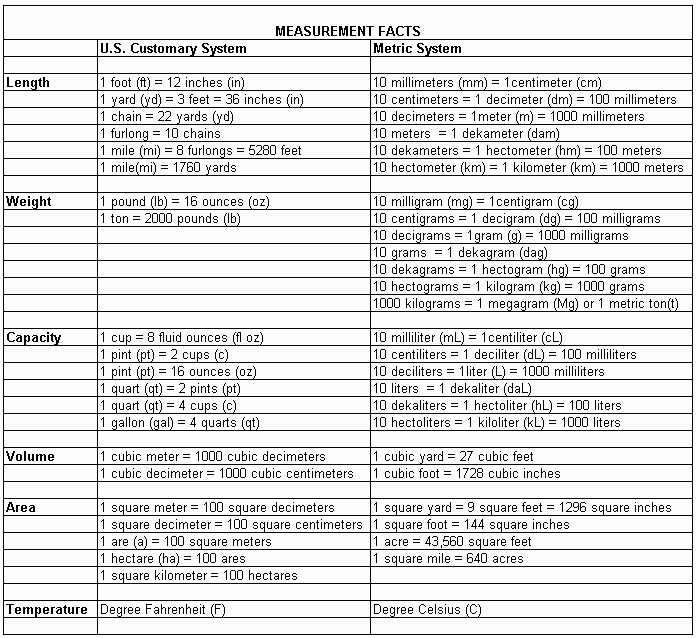USA Literature, Philosophy, and the Arts

In the eighteenth and early nineteenth centuries, American art and literature took most of its cues from Europe. Writers such as Nathaniel Hawthorne, Edgar Allan Poe, and Henry David Thoreau established a distinctive American literary voice by the middle of the nineteenth century. Mark Twain and poet Walt Whitman were major figures in the century's second half; Emily Dickinson, virtually unknown during her lifetime, is recognized as another essential American poet. Eleven U.S. citizens have won the Nobel Prize in Literature, most recently Toni Morrison in 1993. Ernest Hemingway, the 1954 Nobel laureate, is often named as one of the most influential writers of the twentieth century. A work seen as capturing fundamental aspects of the national experience and character—such as Herman Melville's Moby-Dick (1851), Twain's The Adventures of Huckleberry Finn (1885), and F. Scott Fitzgerald's The Great Gatsby (1925)—may be dubbed the "Great American Novel." Popular literary genres such as the Western and hardboiled crime fiction developed in the United States. Postmodernism is the most recent major literary movement in the world, and though on the theory side postmodernism began with French writers like Jacques Derrida and Alain Robbe-Grillet, and was transitioned into largely by Irish writer Samuel Beckett, it has since been dominated by American writers such as Thomas Pynchon, Don DeLillo, William S. Burroughs, Jack Kerouac, John Barth, E.L. Doctorow, Kurt Vonnegut and many others.

The transcendentalists, led by Ralph Waldo Emerson and Thoreau, established the first major American philosophical movement. After the Civil War, Charles Peirce and then William James and John Dewey were leaders in the development of pragmatism. In the twentieth century, the work of W. V. Quine and Richard Rorty helped bring analytic philosophy to the fore in U.S. academic circles.
In the visual arts, the Hudson River School was an important mid-nineteenth-century movement in the tradition of European naturalism. The 1913 Armory Show in New York City, an exhibition of European modernist art, shocked the public and transformed the U.S. art scene. Georgia O'Keeffe, Marsden Hartley, and others experimented with new styles, displaying a highly individualistic sensibility. Major artistic movements such as the abstract expressionism of Jackson Pollock and Willem de Kooning and the pop art of Andy Warhol and Roy Lichtenstein have developed largely in the United States. The tide of modernism and then postmodernism has also brought American architects such as Frank Lloyd Wright, Philip Johnson, and Frank Gehry to the top of their field.

One of the first notable promoters of the nascent American theater was impresario P. T. Barnum, who began operating a lower Manhattan entertainment complex in 1841. The team of Harrigan and Hart produced a series of popular musical comedies in New York starting in the late 1870s. In the twentieth century, the modern musical form emerged on Broadway; the songs of musical theater composers such as Irving Berlin, Cole Porter, and Stephen Sondheim have become pop standards. Playwright Eugene O'Neill won the Nobel literature prize in 1936; other acclaimed U.S. dramatists include multiple Pulitzer Prize winners Tennessee Williams, Edward Albee, and August Wilson.
Though largely overlooked at the time, Charles Ives's work of the 1910s established him as the first major U.S. composer in the classical tradition; other experimentalists such as Henry Cowell and John Cage created an identifiably American approach to classical composition. Aaron Copland and George Gershwin developed a unique American synthesis of popular and classical music. Choreographers Isadora Duncan and Martha Graham were central figures in the creation of modern dance; George Balanchine and Jerome Robbins were leaders in twentieth-century ballet. The United States has long been at the fore in the relatively modern artistic medium of photography, with major practitioners such as Alfred Stieglitz, Edward Steichen, Ansel Adams, and many others. The newspaper comic strip and the comic book are both U.S. innovations. Superman, the quintessential comic book superhero, has become an American icon.
HOME
 Washington (CNN) -- As President Obama is set to take stock of the nation during his State of the Union address Tuesday, a civil engineers group gives the U.S. transportation system low grades.
Washington (CNN) -- As President Obama is set to take stock of the nation during his State of the Union address Tuesday, a civil engineers group gives the U.S. transportation system low grades. E Pluribus Unum is the United States motto, appearing on the nation’s coins and paper money, and on many of its public monuments. It means “From many, one.” First used to unify the 13 British colonies in North America during the
E Pluribus Unum is the United States motto, appearing on the nation’s coins and paper money, and on many of its public monuments. It means “From many, one.” First used to unify the 13 British colonies in North America during the 
 The media, especially television, have played a role in the increasing cost of campaigns because candidates spend a large amount of money on advertising. Today individual candidates spend more money on media advertising than ever before. In 1860 the Republicans spent only $100,000 on Abraham Lincoln’s presidential campaign and on those of all Republican House and Senate candidates. In 1988 Republican candidate
The media, especially television, have played a role in the increasing cost of campaigns because candidates spend a large amount of money on advertising. Today individual candidates spend more money on media advertising than ever before. In 1860 the Republicans spent only $100,000 on Abraham Lincoln’s presidential campaign and on those of all Republican House and Senate candidates. In 1988 Republican candidate 





